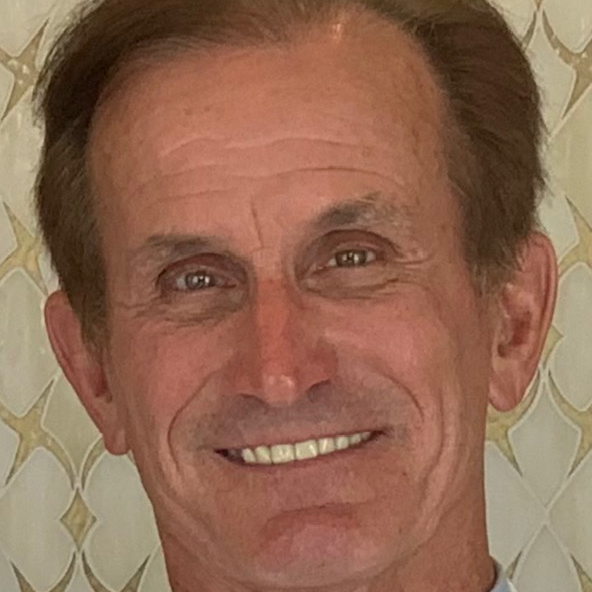
Industry Updates Legislative and Regulatory News

Lonnie Schwirtlich MD, FACEP
FEC Section Secretary/ Newsletter Editor
A lot has happened since the last Newsletter and some of it accomplished through NAFEC and TAFEC which is an organization that hires lobbyists in DC and Austin to be our representatives in both of those locations to watch for positive and negative legislation that might help or hurt our industry and mission, then develops strategies to address them as well as discuss ways to better serve the public in our emergency care access shortage.
Since these organizations collect dues from their members to help fight these battles and not all owners of FECs are members of these very worthwhile organizations, there has been reluctance sharing the info the members get from all these efforts, both financial and time investment. However, there has been a consensus of opinion lately that we can only win our battles if they share info with all of the FEC world and help keep us all more in sync to better address our problems and maybe through this organization (FEC section of ACEP) share and exchange everyone’s ideas, battles and solutions. A sort of “united we stand divided we fall” philosophy.
My physician owned group is Physicians Premier Emergency Centers and has been a member of both from about 2014 and I have served on the board as president, Vice president, and Board member during this period. I am also part of another group that doesn’t participate in it and I think that is unfortunate because once again, the sayings: “United we stand Divided we fall” and, “If you are not at the table you are on the menu”, definitely holds true in the legislative world. I will wholeheartedly admit that there are other groups fighting for parts of the FEC world as well and hope that these groups and NAFEC can come together in this section and fight a unified battle.
First off, as you may notice we will include some articles from our NAFEC newsletters of information that we think all of us in this business should be cognizant of. These are shared with permission from those organizations.
NAFEC and TAFEC have reorganized themselves to better represent itself to all the factions and potential and real areas of the FEC world. It used to be organized primarily as TAFEC (Texas Association of Freestanding Emergency Centers) with NAFEC more or less run by the Texas lobbyist group using a DC Lobbyist group for federal issues and visits. It is now reorganized to match more the ACEP model of a National organization (NAFEC) and state chapters (TAFEC) with the parent organization being NAFEC as in ACEP. It used to be only for Freestanding Emergency facility groups but has now decided to include Micro hospital emergency center groups as well because of similar issues to address.
This was done to better address issues and also in anticipation of what we are seeing with the growth of this industry/mission to other states. There are now FECs licensed in Arizona, Colorado, and other states that can join the national group as well as set up local chapters to deal with getting more local problems addressed and/or share them with the national group to see how similar problems were addressed in other areas. They can also be set up to go fight the legislative battles to get a bill passed to have FECs in their state.
The bill (The Emergency Care Improvement Act) that many of us have been fighting for over the last few years is getting a lot more reception and support. It may get pushed through due to and along with some rural health care needs in the near future. This bill basically adds FECs to the Affordable care Acts designation of what a FEC is by adding to the phrasing of “Emergency Care is that care provided in the four walls of a hospital designated for emergency care” the additional addendum “or in a state licensed facility licensed to provide emergency medicine. It also specifies that a FEC will not go into an area of critical access hospital and that for levels one and two billing code that are basically urgent care problems, The FEC will charge only professional fee. This may make it easier to make FECs able to do dual model services without the firewall previously required but that is for the future. I will elaborate on reasons it may be included in the rural health care initiative being worked on.
Of note please be aware and in compliance with SB490 that mandates an itemized bill for all patient encounters.
Also be aware of the new requirements regarding health care site violence. Both issues are addressed in the pieces from NAFEC Newsletter.
Again, we welcome all to participate in this section and newsletter and let us make this service available to everyone in the US.
Lonnie Schwirtlich MD FACEP
FEC Section Secretary/ Newsletter Editor
Board member of NAFEC/TAFEC
CMO and Co-Founder of Physicians Premier Emergency Centers

